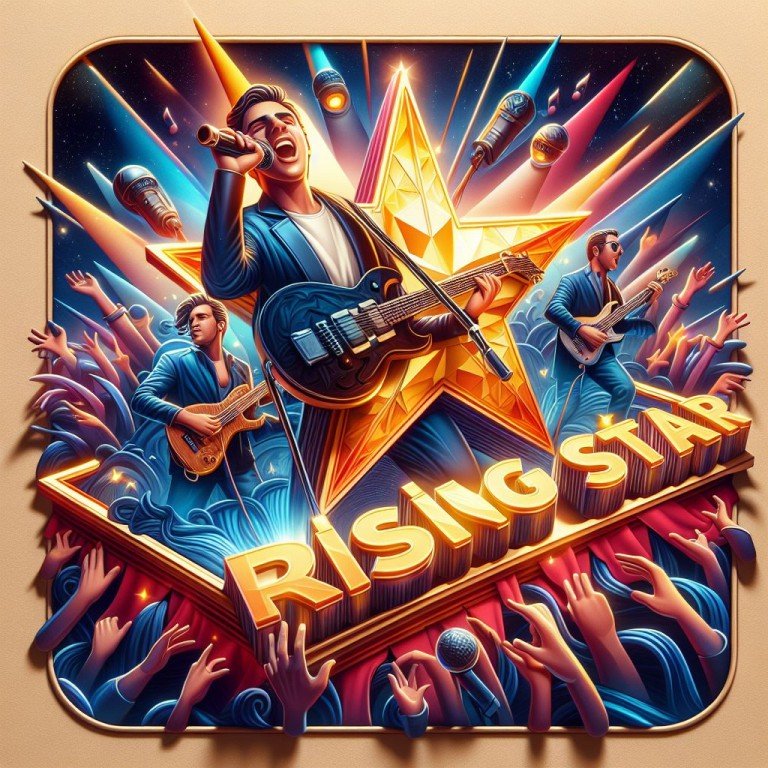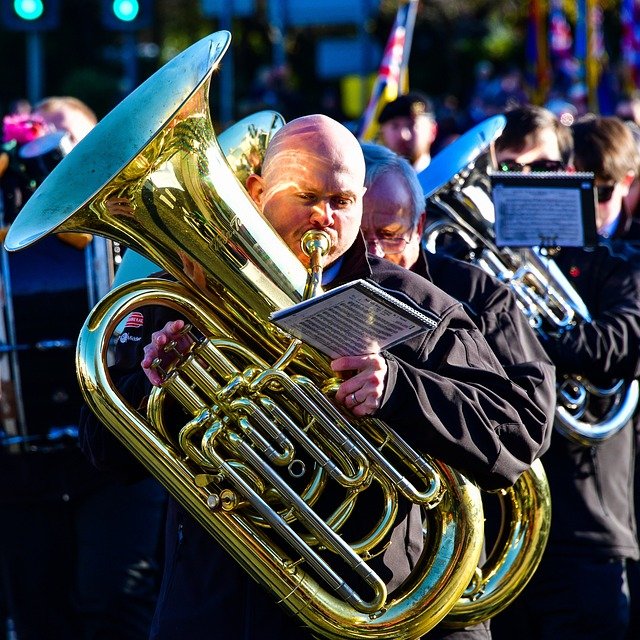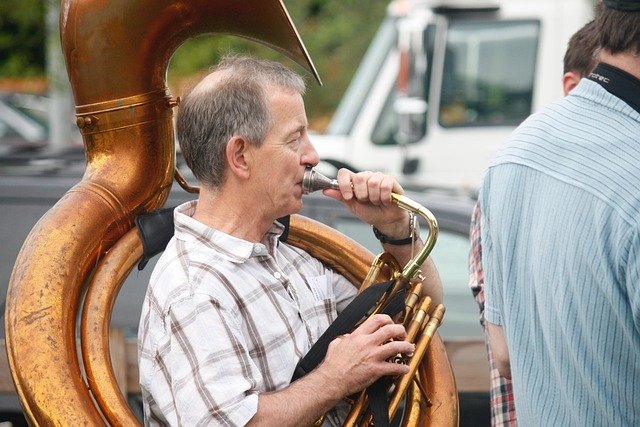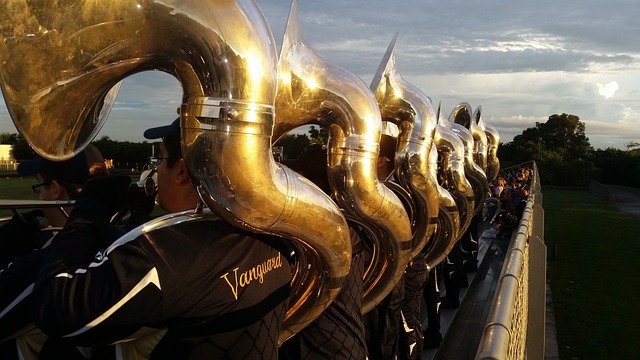Greetings to all dear friends of Rising Star, Today I am very happy to be able to share with you a new article on my blog. I want to tell you some curious facts about a fascinating instrument, the tuba. And, as usual, at the end of the post I will present you some fan art I have created, inspired by our beloved game, Rising Star. Without further ado, let's get started.

Source: Canva
The tuba, known for being the largest instrument in the brass family, stands out both for its imposing size and its deep sound. But how much do you really know about this unique instrument? Here are some curious facts:
- Although the Ophicleide is often mentioned as the forerunner of the tuba, it was not actually the first version of this instrument. The earliest tubas, known as “Serpents,” were made of wood and had holes instead of keys, giving them a serpentine appearance. The Ophicleide, meaning “Snake Keys”, emerged as an evolution of the Snakes, replacing the holes with keys and thus offering better precision in playing.
In its early days, there were two main types of tuba: the “concert tuba” and the “recording tuba”. Recorder tubas were designed to project the sound forward, which made it easier to capture the sound on recordings. On the other hand, concert tubas, which were the more original, unmodified versions, were used primarily in live performances, providing a deep, enveloping sound that filled concert halls.
Although tubas are now an integral part of the symphony orchestra, they did not become official members until the mid-19th century, more than 16 years after their invention. Its predecessor, the Serpent, was originally created to balance the lower male voice of the chorus, not for the orchestra. It was only with time that the tuba found its place in orchestral formations, bringing its characteristic sound. Who couldn't recognize it?
In marching bands, we often find variants of the tuba designed specifically to be played while on parade. One such variant is the helicon, which rests on the performers' shoulders and resembles a large trumpet, allowing for more comfortable carrying and use during movement.
Tubas can vary in size from 1.2 meters to over 2 meters in length. Their size and weight make producing high notes a challenge for beginners.
The bass tuba is the most common in orchestras and concert bands, offering a deep and resonant sound base. On the other hand, the contrabass tuba, or double tuba, is larger and produces even lower notes. This variant is often used in marching bands to add an extra layer of depth to the sound.
- World Tuba Day is celebrated on the first Friday of May, a special date to honor this magnificent instrument and its contribution to music.
Fan Art by Rising Star
Now, changing the subject, I present to you my post #57 about some of the fan art I have made with the help of DALL-E, inspired by our beloved game, Rising Star. In this post, I have again used the card theme along with several elements from the game. For example, I've added the star, some instruments and singers to give more personality to the images. Some of the images also have futuristic and retro touches, and I've added scenery and concerts to give it a special touch.
The images are free to use, so you can use them from this publication without any problem. I reiterate that they have been made by me with the help of DALL-E.
I hope you have enjoyed this tour through the history and curiosities of the tuba. And that you liked the fan art. See you in a new publication. Until next time, friends, greetings to all.










Congratulations @mariabc! You have completed the following achievement on the Hive blockchain And have been rewarded with New badge(s)
You can view your badges on your board and compare yourself to others in the Ranking
If you no longer want to receive notifications, reply to this comment with the word
STOP